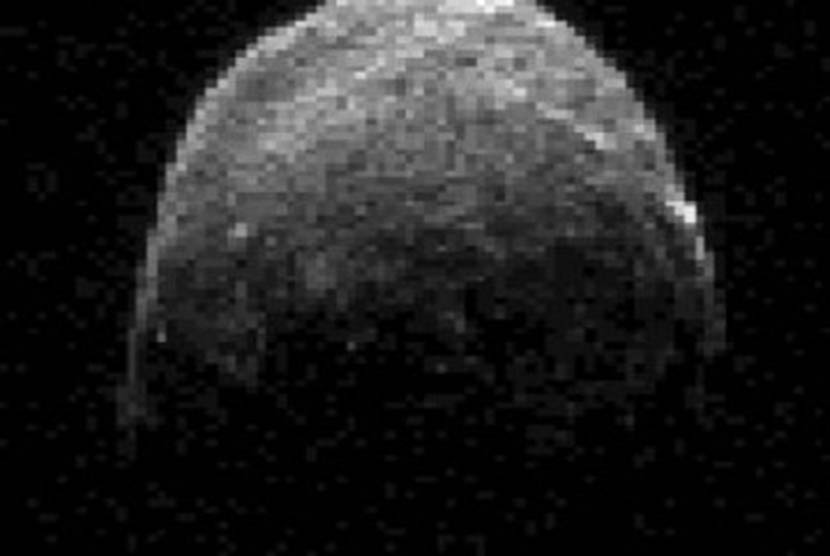Asteroids are at a distance of 20 times the distance of the Earth and the Moon.
REPUBLIKA.CO.ID, WASHINGTON — A asteroid the size of the Giza Pyramids will fly near Earth on Sunday (25/7). According to NASA’s Jet Propulsion Laboratory, the distance can be described as a relatively “close” approach.
Dubbed 2008 GO20, the asteroid’s size has not been determined with certainty, but estimates place it between 97 to 220 meters or 318 to 720 feet.
Reported from The Jerusalem Post, Sunday (25/7), the Great Pyramid of Giza in Egypt is considered a monumental architectural feat and has a height of 138 meters or 450 feet. It could also be exponentially larger than India’s iconic Taj Mahal which stands at 73 meters or 240 feet.
Because it flies so close to Earth (about 2.8 million miles or 4.5 million kilometers), the asteroid is considered potentially dangerous. However, this is not a significant risk with the actual distance being nearly 20 times the distance between Earth and the Moon.
In fact, Earth is considered completely safe from asteroid hazards for the next century, according to NASA. In fact, asteroids often fly quite close to the planet. On July 31, another asteroid, dubbed 2019 YM6 will also approach the planet.
It’s even bigger than the 2008 GO20, though it’s going even further. However, there is still a potential danger, as the pull of gravity has the potential to change the path of an object. With such a massive size and flying at about 18,000 miles per hour or 29,000 kilometers per hour, the asteroid could certainly do some damage if it hit the planet.
The danger of an asteroid impact remains one of the worst possible natural disasters on the planet, as humanity has little to do with fighting it. One method proposed by NASA and the Applied Physics Lab at Johns Hopkins University is the Multiple Asteroid Diversion Test Mission (DART), which will see the spacecraft essentially “review” the asteroid to deflect its trajectory.
Regardless, NASA and other organizations continue to monitor the skies for any asteroids and approaches to the planet, including the use of special “asteroid hunter” telescopes.
– .

